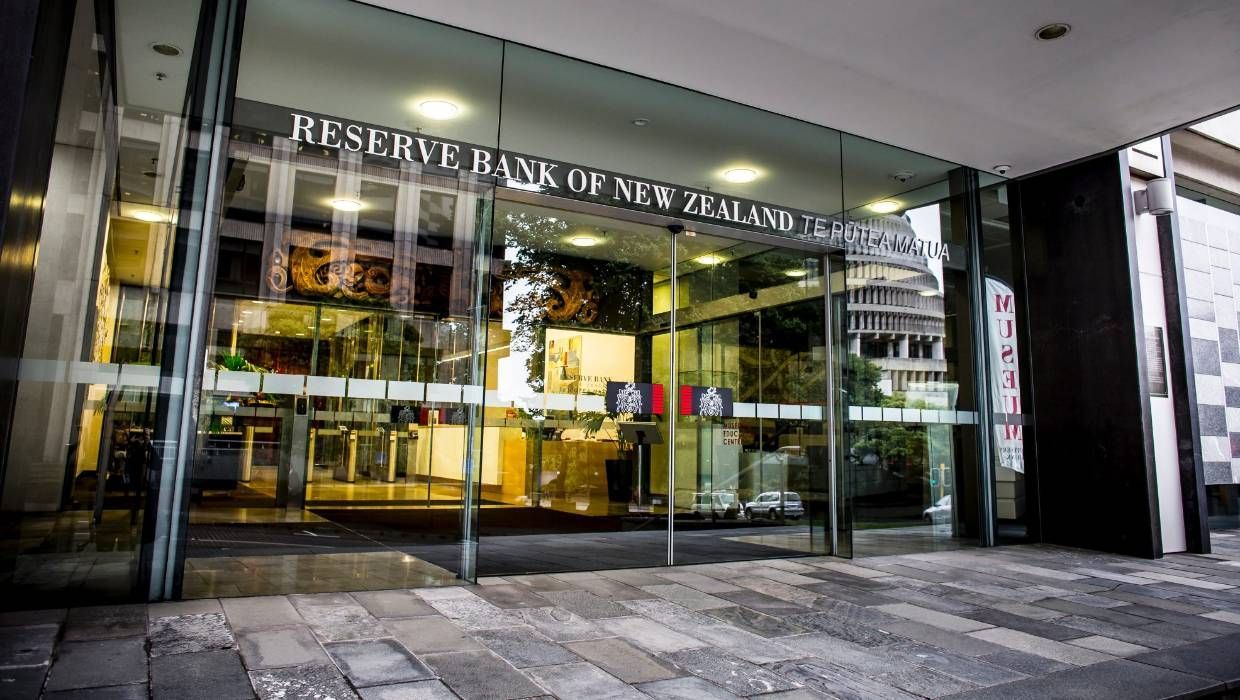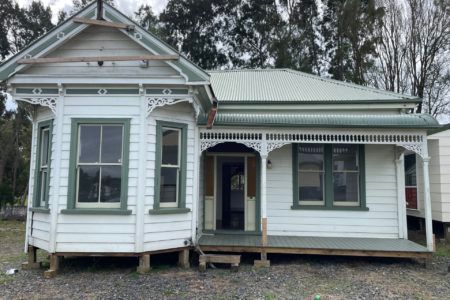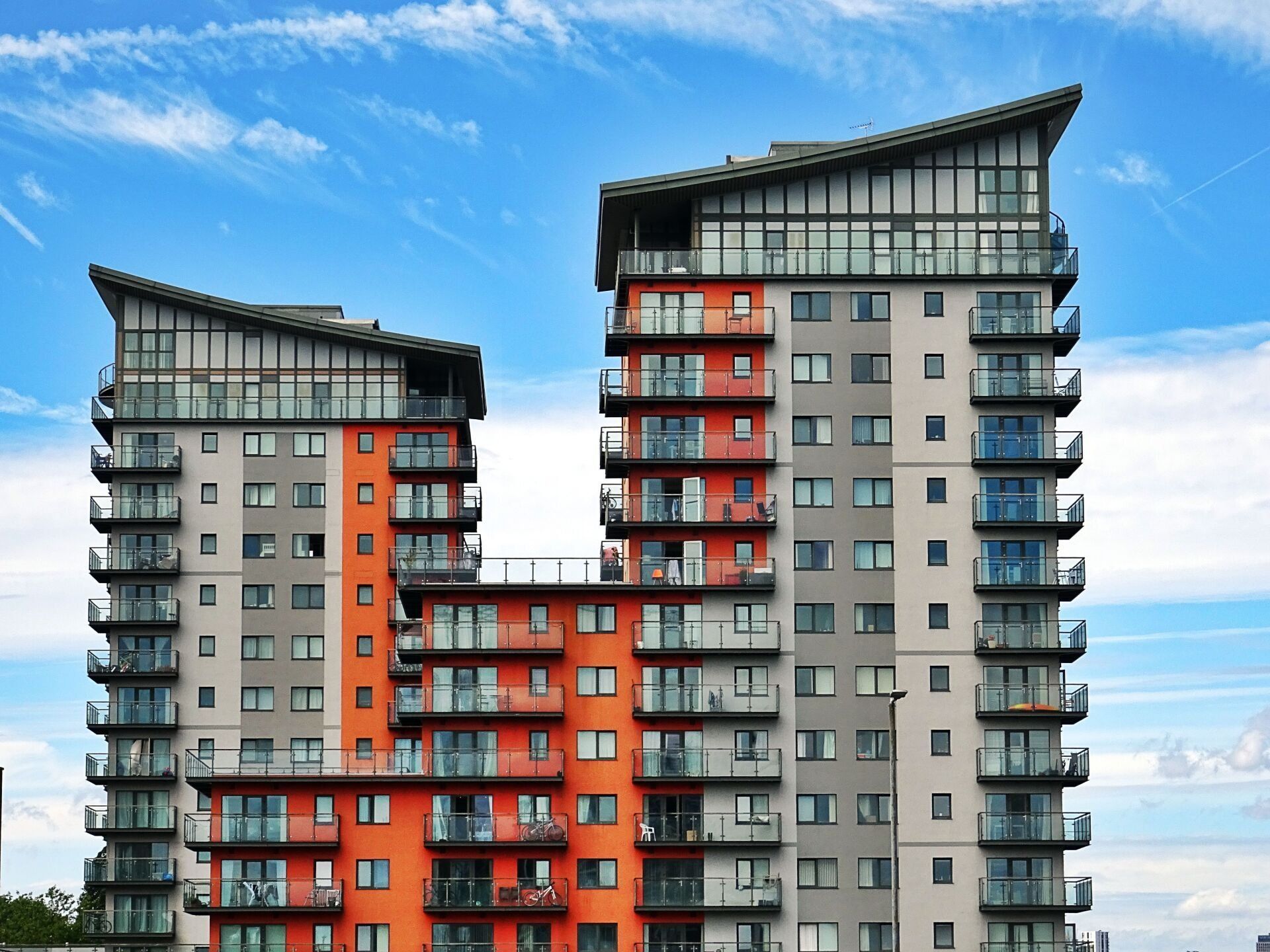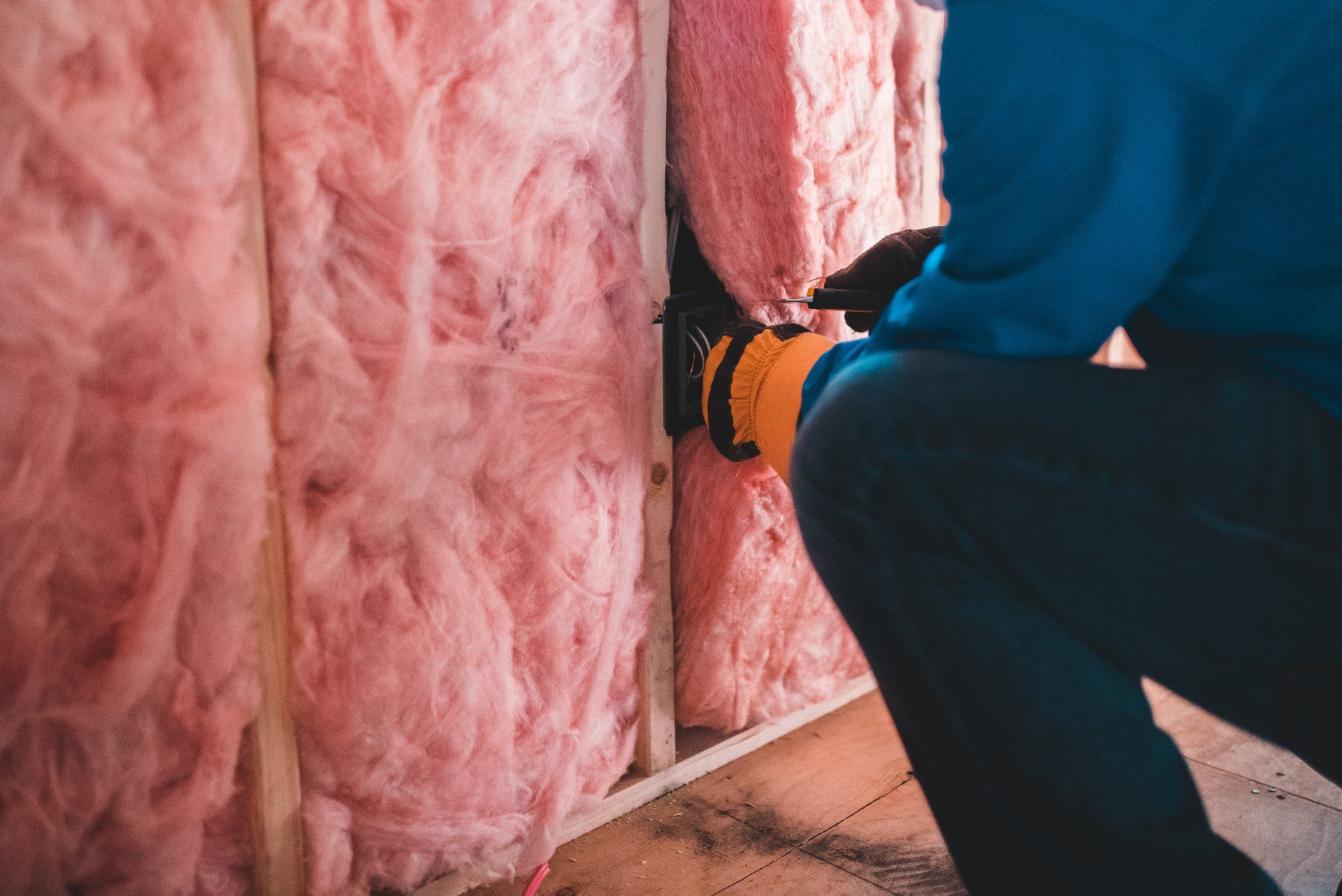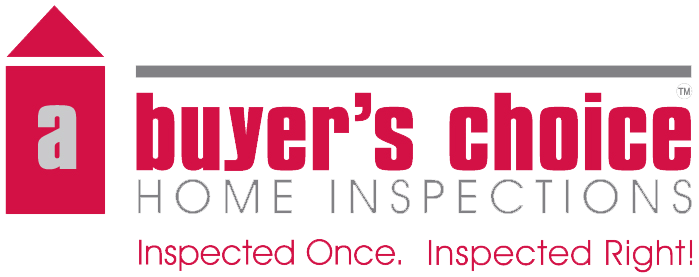What Every Home Buyer Should Know
13 July 2022
What Every Home Buyer Should Know
Things are constantly changing. New building materials, new methods of construction and many other changes make home buying a risky proposition for the uninformed. Properties cost over a million dollars in many places and at least a several hundreds of thousands of dollars in all parts of New Zealand.
Buyers better learn all they can to make an informed decision. Here are a few of the things buyers absolutely should know before purchasing:
- What is a LIM report?
- What is a home inspection?
- What is a property file?
- What is weathertightness risk?
- Does the property contain Asbestos?
- Is there dangerous Methamphetamine (P) contamination?
- What is a Code Compliance Certificate (CCC)?
A very brief answer to all these questions follows:
- What is a LIM report? This is a report detailing the major information the local council has on file relating to a property. Check for unpermitted building work, any council notices, orders or requisitions and any risks such as flooding or slipping or hazardous substances on the site.
- What is a home inspection? This is a written report from a qualified, insured building inspector. The report will give information on the condition of the property and point out work that needs to be done. This includes structural, building work, plumbing, electrical and heating and ventilation. Also included is weathertightness and safety issues.
- What is a property file? This is the more detailed information held by the council including the building plans and specifications. This information is not in a LIM.
- What is weathertightness risk? This is the level of risk that a home has of becoming effected by moisture or even becoming a “leaky building”. The design of the building, method of construction and material used all affect the weathertightness risk.
- Does the property contain Asbestos? Asbestos was extensively used in building prior to its ban from New Zealand. It stopped being used in the mid 1980’s. Friable asbestos - as a dust is very dangerous to health. Asbestos was extensively used in fibre cement weatherboards, roofing products as a fire-resistant material and for insulation.
- Is there dangerous Methamphetamine (P) contamination? Methamphetamine is an illegal but widely used drug in New Zealand. Clandestine labs have been found in many houses, motel rooms, apartments, and other buildings. The drug and chemicals used in its manufacture contaminate the building requiring extensive remediation. The cost can be tens of thousands of dollars. Contaminated dwellings can have serious effects on the health of the occupants.
- What is a Code Compliance Certificate (CCC)? From 1992 onwards local councils had a responsibility to inspect residential buildings during construction. When completed and finished correctly to the building standards of the time, the council would issue a CCC. This confirmed the construction met the building code. Any illegal construction would not have a CCC. Banks will not lend money as a mortgage to a property that does not have a CCC.










